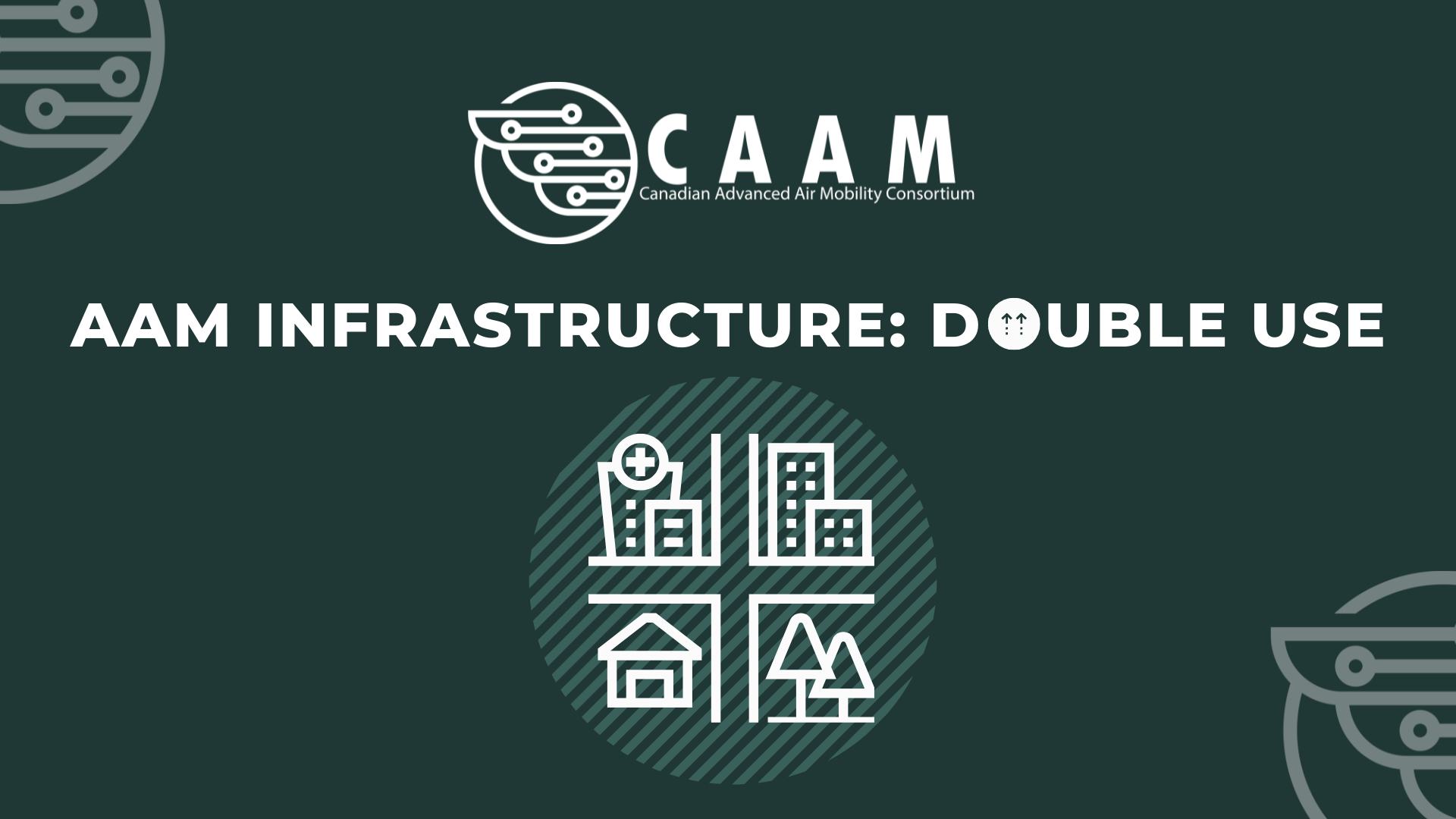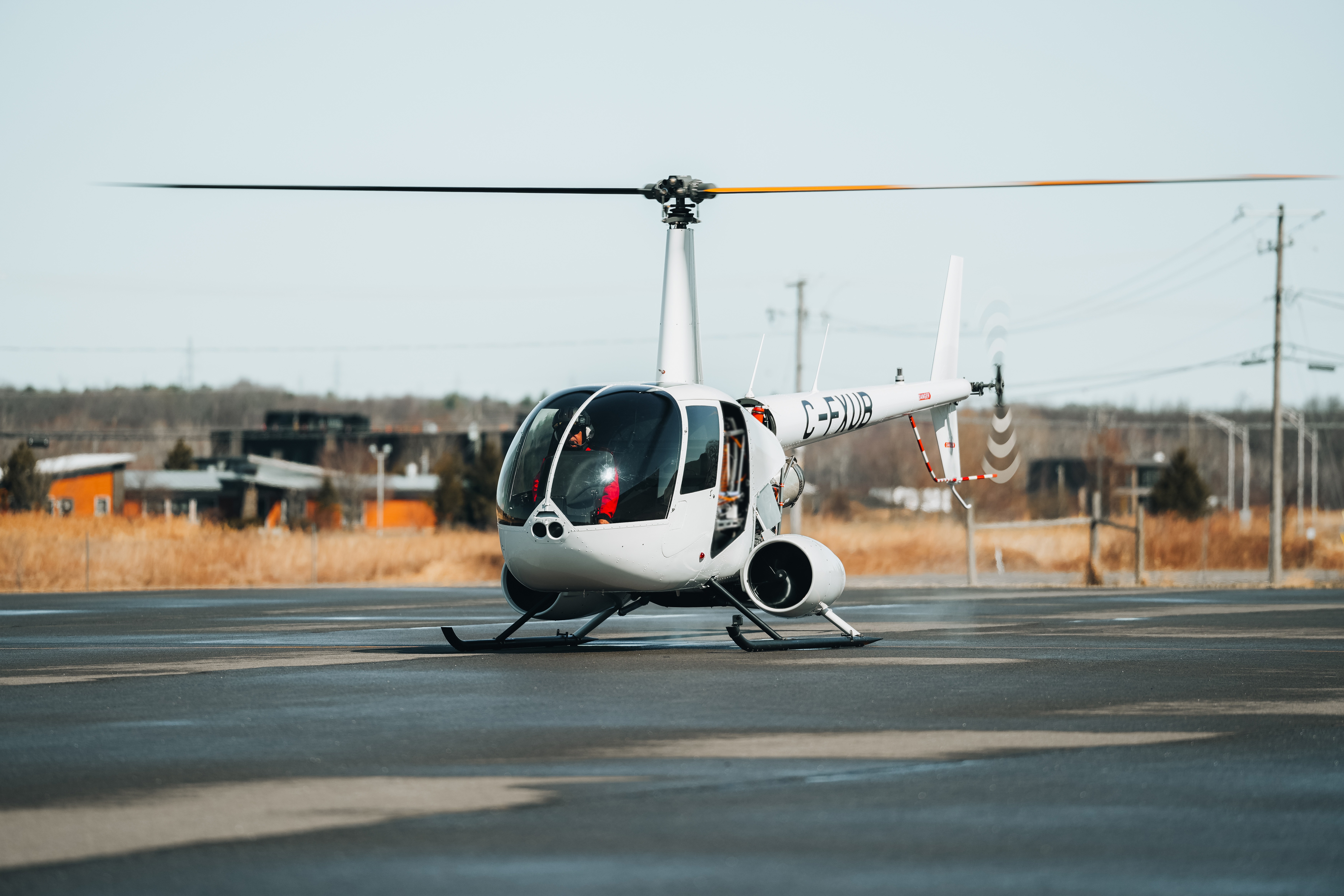 Vertiports are critical for Advanced Air Mobility (AAM), especially Urban Air Mobility (UAM). After all, the air taxi future will only be possible if there are enough vertiports throughout urban centres. But before going over how to adapt airports and heliports into vertiports, it’s worth learning a little more about them.
Vertiports are critical for Advanced Air Mobility (AAM), especially Urban Air Mobility (UAM). After all, the air taxi future will only be possible if there are enough vertiports throughout urban centres. But before going over how to adapt airports and heliports into vertiports, it’s worth learning a little more about them.
Vertiport: A definition
The Northeast UAS Airspace Integration Research Alliance, Inc. (NUAIR), working alongside Deloitte, Boeing, Crown Consulting, Mosaic ATM, 5-Alpha LLC, Helicopter Association International (HAI), and the General Aircraft Manufacturers Association (GAMA), came up with the following definition of what is a vertiport,
A vertiport is a collective term referring to areas designed specifically for AAM aircraft to take off and land, much like a heliport is a designated area for helicopters.
The companies also released another term, “vertistops.” Vertistops would serve only for drop-off and pickups, while vertiports would be a whole place where the aircraft could recharge (electric aircraft), refuel (hydrogen aircraft), pass through maintenance, etc.
Vertiports and vertistops come in all shapes and sizes, like AAM aircraft. They can be multi-function single pads, linear single function pads, or hybrid designs. There’s no right or wrong; there’s only the best solution for each use case. For example, a vertiport that operates with only electric aircraft doesn’t need to plan for securely storing hydrogen, while a vertistop for goods doesn’t need to be as big as one that serves people as a stop for an air taxi.
The variety of vertiports and vertistops make it impossible to create a “one size fits all” solution; the only thing they all will have in common is the concern about noise and safety. Noise because vertiports tend to share space with buildings and houses, and safety because they’ll be inside densely populated areas such as cities and urban centres.
But while building vertiports is still a little down the road, it’s worth looking at how to speed track the process of having AAM aircraft flying through city skies.
Vertiports and heliports
When talking about Vertical Take-off and Landing (VTOL) aircraft outside of AAM, we mainly talk about helicopters—after all, helicopters take off and land vertically; they don’t need runways. So it should be simple to adapt a heliport into a vertiport, right? Well, unfortunately, no.
To calculate the size of a heliport, regulators use the rotor diameter to calculate the Touch-down and Lift-off area (TLOF), the Final Approach and Take-off area (FATO), and the safety area—a defined area surrounding the FATO intended to reduce the risk of damage to aircraft accidentally diverging from the FATO. Because AAM VTOL aircraft are different from helicopters, regulators won’t use the rotor diameter but the maximum dimension of the VTOL.

As noted by Megan Taylor, Asya Saldanli, and Andy Park, another problem is,
Vertiport design is complex because of dynamic operations. A helipad is not a vertiport and the analysis done for heliports is not enough for the high throughput expected for vertiports. Stakeholder tensions, noise, and safety considerations need to be considered. Therefore, there is a knowledge gap for architecture companies in the process of designing and building Vertiports with the optimal configuration of operational pads on the Vertiports.
Is it safe to say that heliports and vertiports can’t coexist with all that in mind? Absolutely not! All the above information only demonstrates that the integration won’t be a simple plug-and-play, but there’s a way of integrating. Most proof-of-concept and test flights utilize heliports as starting and finish points, like, for example, Unither Bioelectronics A Breath in the Sky.
Heliports can become vertiports and vice versa. It may not be easy, and it can get more difficult as the challenges increase—bigger aircraft with people, for instance—but that shouldn’t stop industry and Government from coming up with solutions and regulations to integrate traditional aviation and AAM further.
Vertiports and airports
Considering the similarity of take-off and landing, one could imagine that heliports are more ready to integrate AAM VTOLs than airports, but that’s not true. Airports have the upper hand currently.
Drone Delivery Canada (DDC) and Edmonton International Airport (EIA) established a partnership that involves DDC’s drones flying from EIA with commercial cargo on behalf of Ziing Final Mile and Apple Express. So this means that airports are ready to incorporate vertiports and become AAM’s new house? Not quite.
DDC and EIA aren’t flying close to the number of flights AAM aims to fly daily. If UAM wants to incorporate deliveries and air taxis, the number of flights would be infinitely bigger than what is happening today between DDC and EIA. And more flights with bigger aircraft would be a problem even for airports. After all, and it may not seem possible, the sky can become overcrowded. And a congested sky is dangerous, especially near airports.
The integration between vertiports and airports should never happen? As DDC and EIA prove daily, it should, and it can happen safely. But like, when talking about integrating vertiports and heliports, the industry has to develop technology solutions to ensure everyone’s safety. The Government needs to create new regulations to guarantee the security of the operations and flights.
To summarize, a vertiport is a collective term referring to areas explicitly designed for AAM aircraft to take off and land. Heliports and airports can be double used and integrate vertiports, fast-tracking AAM. But for that to happen, new technologies and regulations need to come to life to guarantee everyone’s safety.
By Giovani Izidorio Cesconetto



